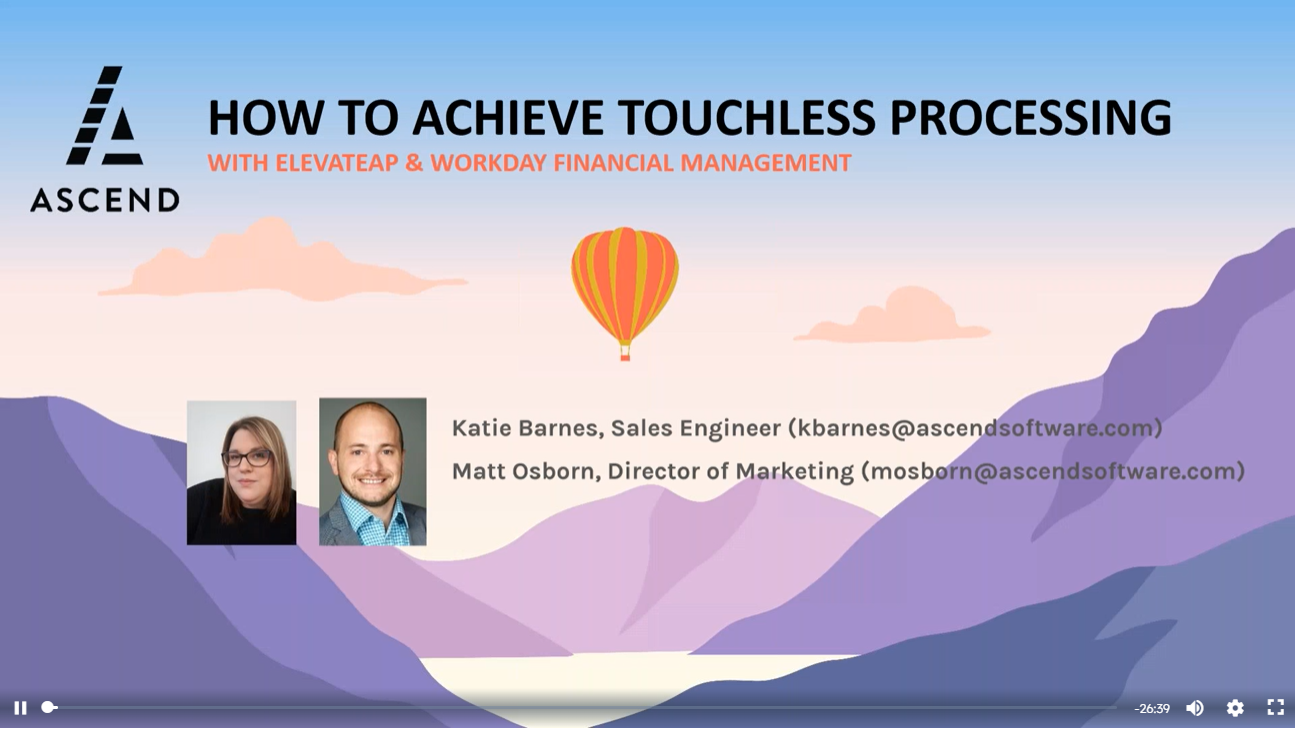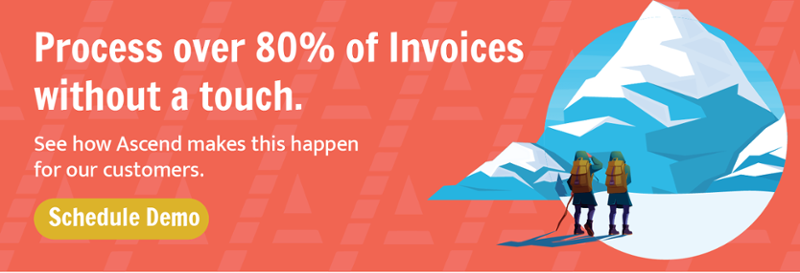If you've been in the Finance and Accounting world for a while, this should be nothing new to you. But, for everyone else, we've organized it into eight simple steps.
The Procure to Pay Process and Value chain represents the entire process a business goes through to order, receive and pay for goods or services, and the solutions that companies like Ascend offer within that process.

Requirements (RFP)
In the first stage, the purchaser determines what they need and might issue a Request for Proposal (RFP) if the purchase is significant.
Vendor Selection (Supplier Portal)
Next, the purchaser chooses a vendor, sometimes through a digital supplier portal and sometimes through the RFP process.
Purchase Order
A purchase order is created as a formal request to the vendor to supply goods/services at the conditions in the PO. POs also serve as a record of the order to match invoices to later.
Goods Receipt (Invoice Capture)
When goods are received the purchaser is also sent an invoice (typically separately) in paper or PDF form. It lists information about the order including price, quantity, supplier, etc.
Invoice Validation
Invoices are read and checked for accuracy of prices and contents by comparing them to the corresponding PO. Images or copies of invoices are also saved at this point and invoices are processed.
Invoice Approvals and Routing
Once the invoice details are identified, the invoice is sent to the proper person/organization for approval to be paid.
Payment
Once it is marked “approved” by the proper approver, invoices are paid by check or electronically.
Bank Reconciliation
The process of reconciling accounts against financial records.
And there you have it, the P2P process -- in a nutshell. If you want to get a better understanding of why costs can spiral out of control in the P2P process and learn how to control them, check out our ebook by clicking the link below.
